When buried water sees the light of day, communities thrive
Standing on the field, where short green grass dries under a relentless sun, it’s difficult to imagine the water flowing below. Yet deep beneath layers of soil, traveling through an impermeable concrete pipe, is Phalen Creek.
“There’s a long history in our country of trying to fill in wet areas in the landscape to make way for development,” explains Gabby Menomin. “Daylighting is the process of bringing those different water bodies back up to the surface.”
Menomin is the restoration manager at Wakaŋ Tipi Awaŋyaŋkapi, a Native-led environmental nonprofit centered in Dakota values. The organization is working to daylight Phalen Creek in Imníža Ska, the Dakota name for the land now known as Saint Paul, Minnesota. After securing $3.3 million in funding, the organization is finalizing landscape designs for Phase One of its multi-year initiative, which will resurface a quarter-mile section of Phalen Creek, starting at its original headwaters.
The creek once flowed freely from Lake Phalen, passing through what is today the east side of St. Paul, before emptying into Wakpá Taŋka (the Mississippi River). Its waters served as a corridor for the Dakota people, who traveled by canoe from the river up the creek to a series of interconnected lakes, eventually reaching beds of psíŋ (wild rice) in Bde Mato Ska (White Bear Lake).
By 1930, Phalen Creek had completely disappeared from the surface, diverted into a large pipe beneath buildings and railroad tracks to accommodate urban infrastructure. As the creek disappeared, so did its diverse habitats, leading to the loss of wildlife, medicinal plants and traditional food sources for the Dakota people.

Wakan Tipi Awanyankapi plans to restore the original flow of Phalen Creek from Lake Phalen to Wakpá Taŋka (the Mississippi River). Photo by Damon Farber, courtesy of Wakan Tipi Awanyankapi.
The ultimate goal of Wakaŋ Tipi Awaŋyaŋkapi’s initiative is a four-mile stretch of daylit creek that reconnects Wakpá Taŋka with Phalen Lake. “It’s going to provide a really amazing green corridor for people to access,” says Menomin, “and we’re planning in our design, obviously, for people to have a chance to be able to go and touch the water.”
Construction is set to begin in the summer of 2025. An outlet structure that channels water from Phalen Lake into the new quarter-mile creek corridor will be built, and native ecosystems along the corridor will be restored. Yet as Menomin explains, the project is about more than just bringing water and plants back to the landscape.
“Restoration is about healing the land — and with healing the land, you’re healing both the wildlife and the insects that rely on those native habitats, but also the broader community,” she says.
Menomin sees Phalen Creek’s potential to mitigate the localized impacts of climate change as one of the many benefits the project will bring to East Side Saint Paul. “Although they don’t have as big of an influence on the landscape as the Mighty Mississippi, smaller waterways provide localized cooling,” she explains. Daylighting urban waterways can also improve water quality, provide flood control and increase biodiversity. For example, while more frequent and intense storms will flush pollutants into the city’s water systems, many native plants Wakaŋ Tipi Awaŋyaŋkapi plans to reintroduce within the creek corridor are phytoremediators capable of removing toxins from the water. Other native plants like switchgrass act as carbon sinks, absorbing carbon dioxide and storing it in their roots, where it remains sequestered in the soil as roots decay. These plants offer benefits beyond the ecological, too.
“Sweetgrass is a sacred plant to a lot of different Native communities — but it’s not commonly found in urban areas, and if it is, it’s often not as accessible as it should be, especially for elders or young children who are learning about this plant,” Menomin says. “I’m excited to see it brought back.”
Wakaŋ Tipi Awaŋyaŋkapi’s daylighting initiative is unique in its emphasis on Indigenous knowledge and guidance. An Indigenous Review Committee composed of eight Indigenous environmental professionals specializing in fields including hydrology, water engineering and tribal law is advising the planning and design process.
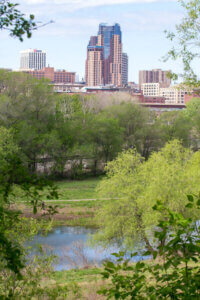
In addition to their daylighting initiative, Wakaŋ Tipi Awaŋyaŋkapi also stewards other natural areas in East Side Saint Paul, including the Bruce Vento Nature Sanctuary, which contains the Dakota sacred site Wakan Tipi. Photo by Wolfie Browender, courtesy of Wakaŋ Tipi Awaŋyaŋkapi .
“People think of the ‘Land Back’ movement as the physical returning of land to Indigenous people,” Menomin explains, “but it can also look like returning stewardship and decision-making to Native people. We’re an Indigenous-led organization that’s spearheading this project. Even though the City of Saint Paul is a landowner, we’re the ones that are doing all the coordination…. and we’re making sure that we’re bringing the Indigenous community into different stages during the design process.”
By engaging both Native and local non-Native communities in the planning and landscape design phases of the project, Wakaŋ Tipi Awaŋyaŋkapi aims to foster greater kinship between people and land. “We want to make sure people are going to be stewarding this area, taking care of it and loving it into the future,” says Menomin.
When the physical restoration and planting of Phalen Creek finally begins, youth will have a chance to get their hands dirty. “We definitely have plans to work with a lot of different youth groups here in the Twin Cities to do those plantings, to get people involved in the physical stewardship — get families to come out to the site and involve their kids in the land care and planting as well,” explains Menomin.
Research shows that participating in restoration activities can create feelings of belonging and intimacy with nature, while early nature engagement lays a strong foundation for positive future attitudes toward environmental stewardship. Wakaŋ Tipi Awaŋyaŋkapi plans to incorporate a nature-based play area into their landscape designs, where youth can access a shallower creek bed and safely interact with the water.
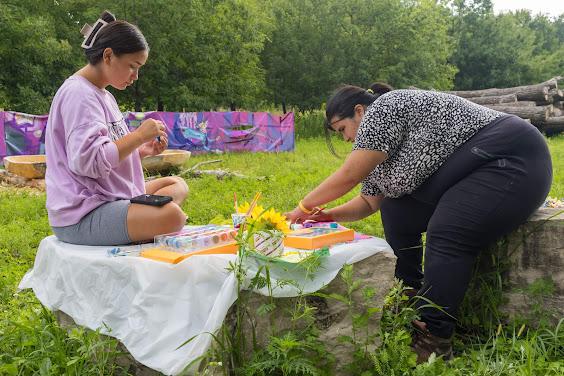
Two participants in Wakaŋ Tipi Awaŋyaŋkapi's Summer Indigenous Youth Program. Photo by Wolfie Browender, courtesy of Wakaŋ Tipi Awaŋyaŋkapi.
Menomin has seen the positive benefits of reconnecting Native youth with the land firsthand. “There’s so much research out there that shows that Native youth thrive and are very healthy when they have access to their culture. And so much of our different communities’ cultures overlap and are integrated within nature,” Menomin explains.
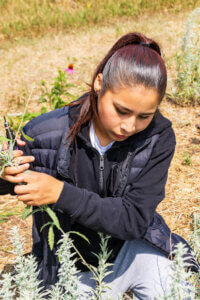
Participants in Wakan Tipi Awanyankapi’s Summer Indigenous Youth Program learned the ecological and medicinal benefits of native plant species. Photo by Wolfie Browender, courtesy of Wakan Tipi Awanyankapi.
This past summer, Wakaŋ Tipi Awaŋyaŋkapi hosted an Indigenous Youth Program where a group of young people learned about the ecological and medicinal benefits of native plant species, as well as careers in the environmental field. The group grew in confidence and knowledge — one participant began the program terrified of bugs but ended the summer holding bumblebees in the palm of their hand. At Wakaŋ Tipi Awaŋyaŋkapi’s “Pollinator Fest,” the group led an event where they talked to over 70 attendees about native plant species.
“It was a life-changing moment for me, to see that we were having an influence on these kids. They’re having a positive relationship with nature. They’re proud of themselves,” reflects Menomin. “After being in the youth program, they’re asking aunties and grandmas about the plants, and then those family members pass on traditional knowledge… Bringing back these cultural elements, it’s so important for Indigenous people to thrive.”
Water is a life force, whether it travels through underground pipes, meanders down creeks or falls from the sky. It connects all living things, impacting and sustaining life in ways known and unknown.
“You look at watershed maps and how extensive and expansive they can be… and you think about all the different forces and connections that water makes that we’re not constantly thinking about,” Menomin reflects. “I think water is a really good relative to look at as an example of how we can start connecting with each other and bringing life back into our communities.”
Back on the field of drying grass, the sun still shines. As Menomin explains to a walking tour group how the field will become the first section of Phalen Creek to see the light of day, noise from the busy adjacent street occasionally interrupts. A young girl wanders away from the group and cartwheels across the grass. Someday soon, perhaps, she will return to this spot and dip her fingers into a cool, flowing creek.
2 Comments
Submit a Comment
-
Network News
POLICY UPDATE: Policy and advocacy for the children and nature movement
-
Voices
Binoculars, bald eagles and my journey as a Black birder
-
Richard Louv
THE WONDER BOWL: Ten Spring and Summer Nature Activities for Kids and Adults
-
Network News
Minneapolis Spotlight: The promise and possibilities of parks for youth
-
Voices
Why nature is my motherhood ally


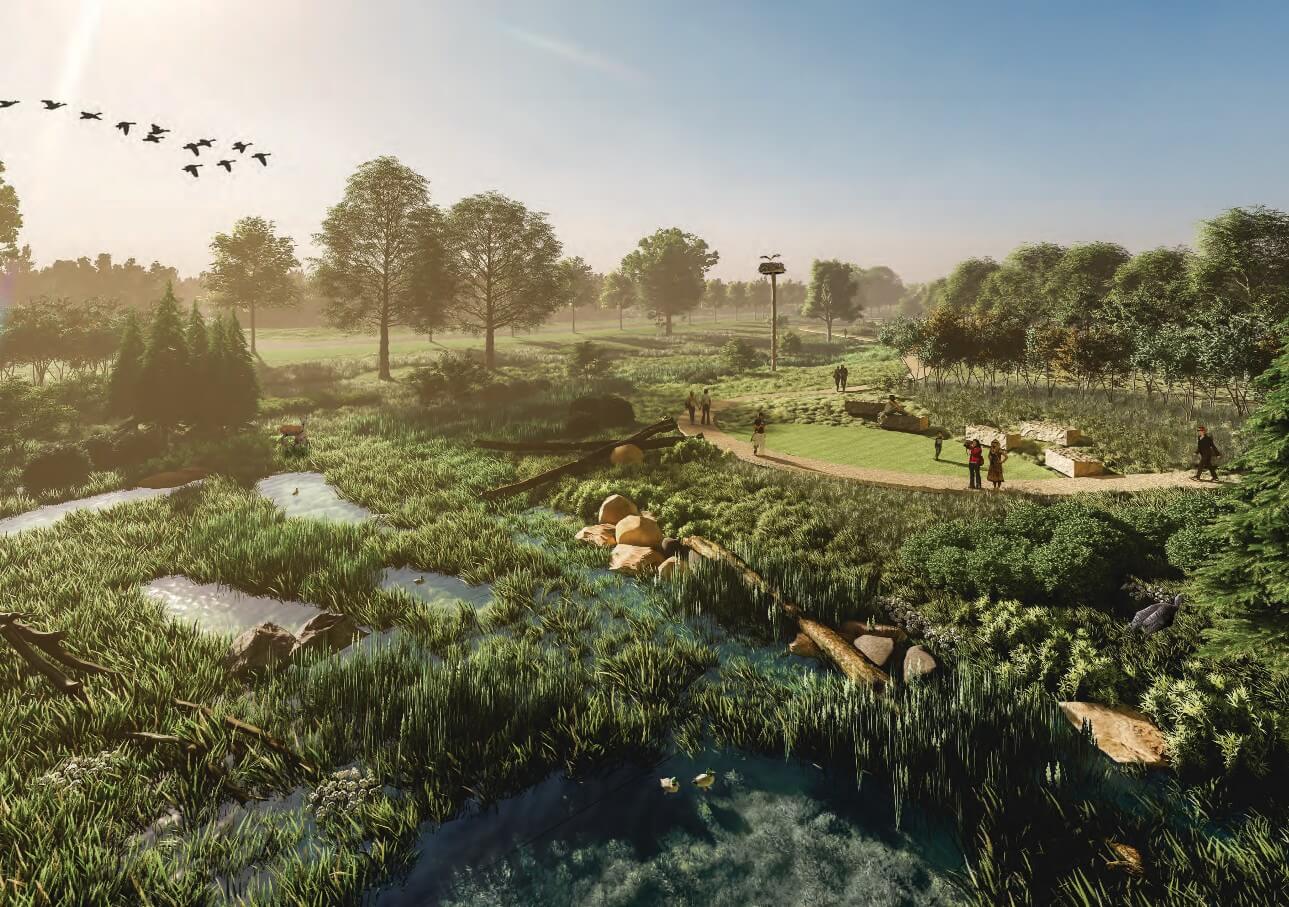
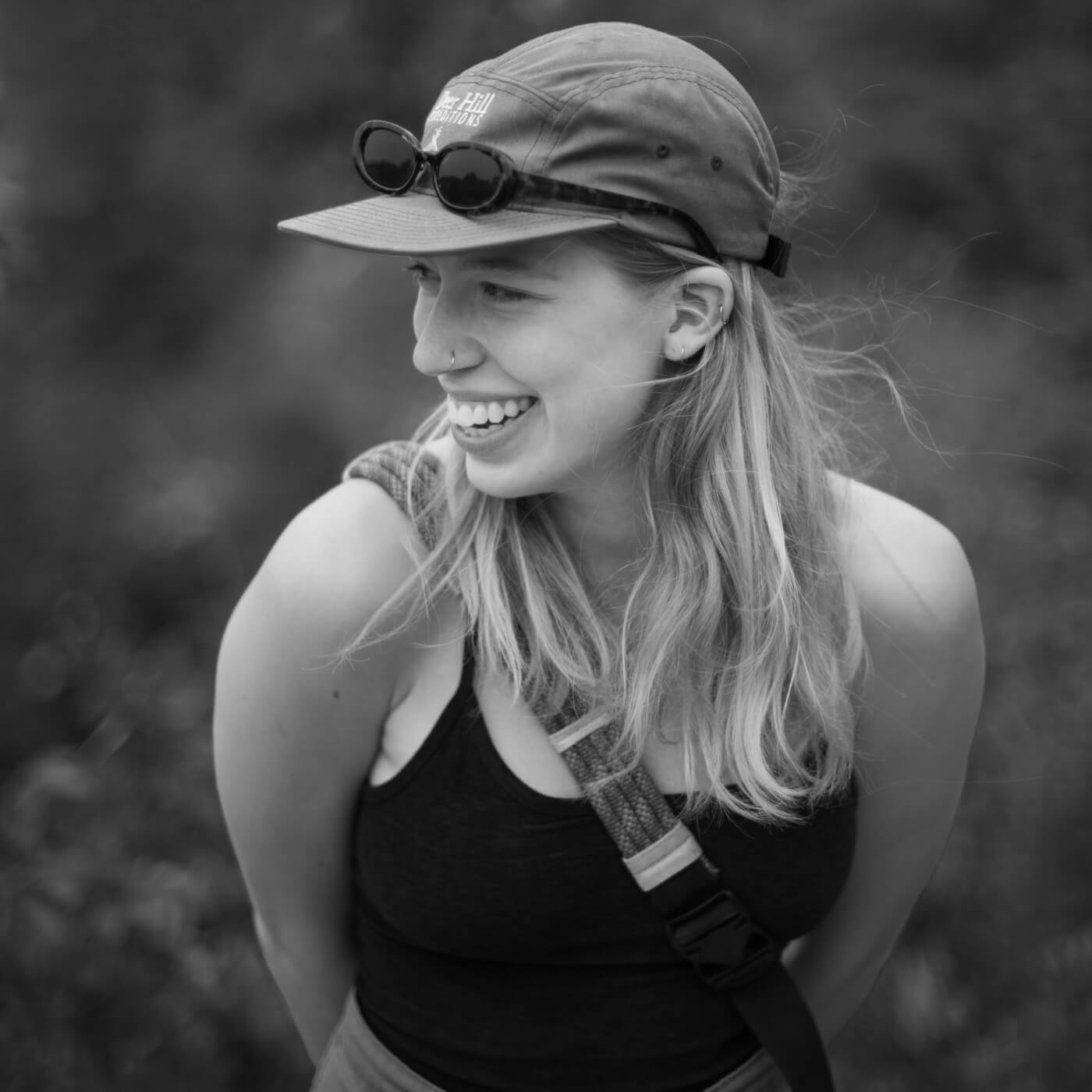

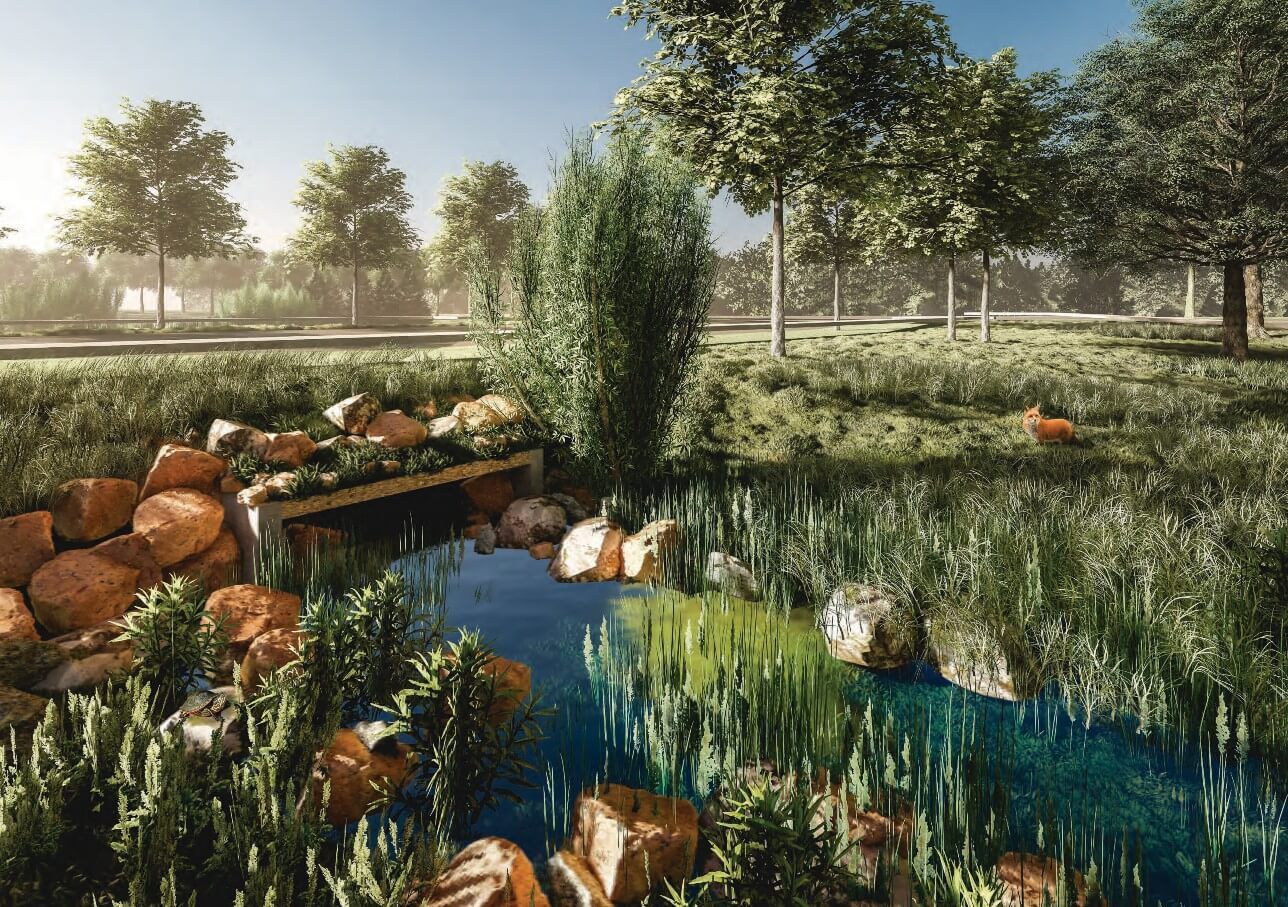
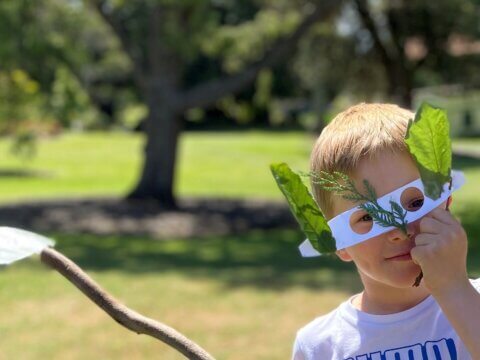


Excellent project – good work on so many levels and a healing process also in many ways. Thanks for sharing- great article.
I am very excited for the daylighting project; the area already has such history and beauty. I am selling a vacant lot (20k) that is on the creek at Swede Hollow Park a block from the brewery, shops and distillery. 676 Wells Street. It could make a great home for someone looking for an urban lot with natural goodness.